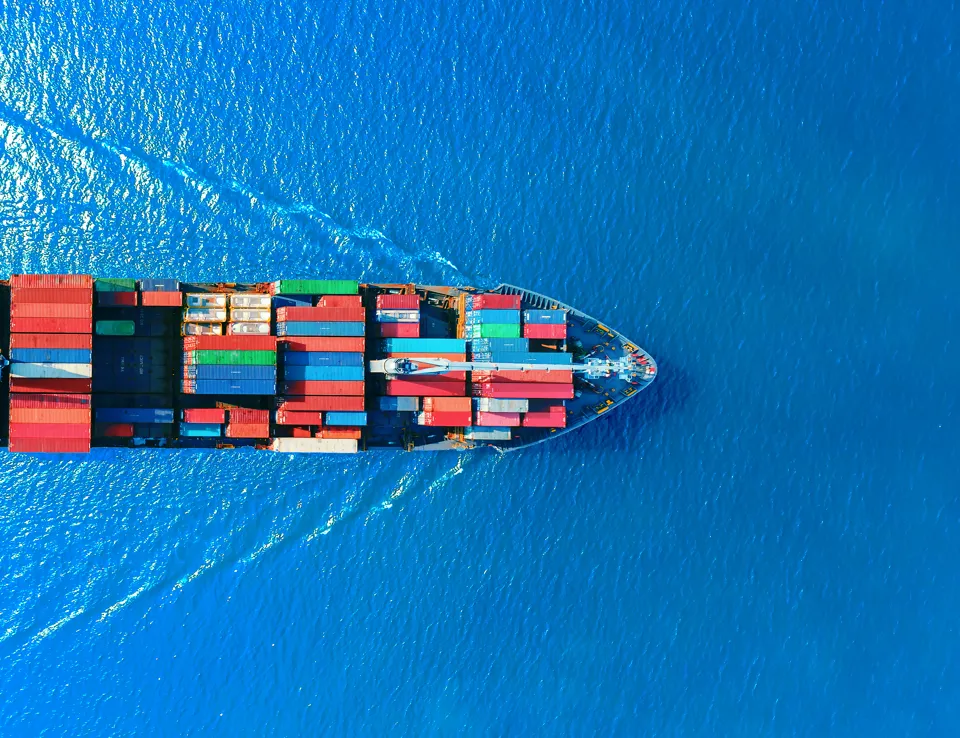
Harmonised Offshore Chemical Notification Format (HOCNF) Registrations - what you need to know
07 Aug 2024
What is a HOCNF Registration?
The Harmonised Offshore Chemical Notification Format (HOCNF) is a standardised document used to evaluate the environmental risks of chemical products to marine life during their use and discharge in offshore oil and gas operations (oilfield chemicals).
Different signatory states to the Oslo and Paris Convention for the Protection of the Marine Environment of the North-East Atlantic (OSPAR) will process and review the HOCNF documents, but the HOCNF itself is the same.
The document requires information on composition, use and discharge, as well as hazard data regarding the persistence, bioaccumulation, and aquatic toxicity of the component chemical substances in the product. The hazard data required depends on the substance, but may encompass aerobic biodegradability in marine water, partitioning and bioaccumulation potential, and ecotoxicity in marine fish, crustaceans, algae, and sediment organisms. Based on this data, the product will be classified and a decision made regarding the approval, restriction, or prohibition of the chemical in offshore operations.
Incompliance can lead to regulatory consequences that may incur legal, financial, operational, and reputational risks, as well as causing potential harm to the marine environment.
Who needs to complete HOCNF documents?
The HOCNF applies to all suppliers of chemicals used in connection with offshore exploration and production activities in the Oslo and Paris Convention for the Protection of the Marine Environment of the North-East Atlantic (OSPAR) maritime area.
How can Ricardo help?
We are a trusted partner for companies navigating HOCNF registrations. Ricardo consultants are experienced with all stages of the process:
- In-depth review of the chemical composition of products, to identify which data needs to be generated based on chemical type (e.g. surfactant, inorganic), physicochemical properties, and regulatory status (e.g. PLONOR);
- Collation of environmental hazard data via placing and monitoring new studies. Where suitable, making use of in-silico methods such as read-across and Quantitative Structure-Activity Relationships (QSARs), including literature search and sourcing existing data via letters of access;
- Filling out the HOCNF registration form, ensuring completeness and correctness to minimise delays related to initial checks;
- Submission of the HOCNF to the relevant signatory states, maintaining communication to ensure a smooth and efficient process.
Our in-depth knowledge of chemicals, testing and regulation, particularly in relation to the complex and difficult to test substances used in the oil and gas industry, will ensure that the submission process is efficient and the cost of testing is minimised.




 Follow Ricardo Chemical Solutions for regular updates
Follow Ricardo Chemical Solutions for regular updates




